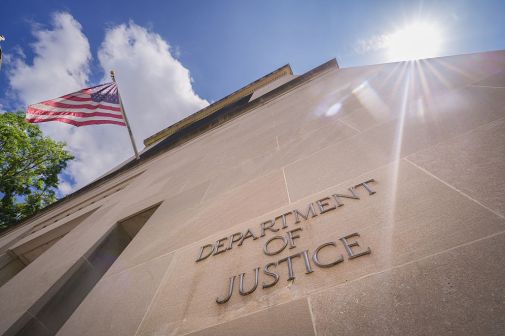Could EPA take a cue from Amazon.com?
To stay on top of environmental regulations, a company might have to file reports with county, state and federal regulators.
But what if governments had a portal that operated like Amazon.com?
Just as the dot-com giant offers users related products based on their search history, a new system could prompt a company to file a report with, say, Environmental Protection Agency Region 5 once it sees the company has filed a similar report with Indiana regulators.
Alex Dunn, executive director and general counsel of the Environmental Council of the States, said that’s one of a myriad of possibilities for the Environmental Protection Agency’s E-Enterprise for the Environment, a portal the agency wants to build that would streamline some of its efforts.
“Certainly the portal is the beginning of something transformative, which is allowing individuals to interface with environmental regulations and environmental information to have a more streamlined experience,” Dunn told FedScoop.
The agency currently is taking public comment on the portal and what functions it should offer, according to a posting this week in the Federal Register.
“This may include feedback on needed enhancements to existing services or information on services that are delivered inefficiently with significant overlap, redundancy, or inconsistency across offices and agencies,” according to the notice. EPA is asking commenters to say how frequently they visit EPA.gov or other government environmental websites, cite examples of successful portals, and point to significant obstacles with EPA or state regulator transactions.
The entry said that EPA plans to hold webinars in February and March for the public to ask questions. Commenting closes April 26.
Under most federal environmental laws, EPA and states are considered co-regulators, Dunn said. EPA has the authority to delegate functions and powers to the states, allowing states to run programs to protect air, water and land.
“The whole purpose of the portal is to bring the state-federal relationship to a common landing spot,” she said.
According to an EPA fact sheet on the portal, it could allow EPA-regulated companies and local governments to submit data to the agency and track the status of their paperwork. Developers also could to create an interface based on a user’s profile that would include key parameters, like location, industry and interests. And it could provide information on community air and watersheds.
But if the government elects to pursue these goals, they may launch in different phases.
Sara Pauley, director of the Missouri Department of Natural Resources and a member of the E-Enterprise Leadership Council, said the portal dovetails another effort to create a portal specifically for local governments that must comply with environmental regulations. She said oftentimes small communities are operating with limited resources and have no full-time planning staff.
“We want to provide information for them to even begin the conversation,” Pauley said of the Portal for Local Government.
She said that the local government project could be part of the larger portal or exist as a separate offering. Overall, she said, a key goal with both portals is to reduce the burden on those that are regulated.
“Oftentimes, government is a little slower to respond in identifying ways to make it easier to do business,” Pauley said. “This is an effort to really be more proactive in the way government is providing service to regulated entities to reduce the burden for regulated entities.”
The E-Enterprise for the Environment is in its early stages of development. According to the fact sheet, EPA and co-regulators would begin phase one of the portal’s design after an initial three-to-four-month investigation of the project’s priorities. An EPA spokeswoman told FedScoop the portal will be built incrementally, incorporating many existing EPA and state environmental agency IT services.
EPA plans to release the first phase this fall.






